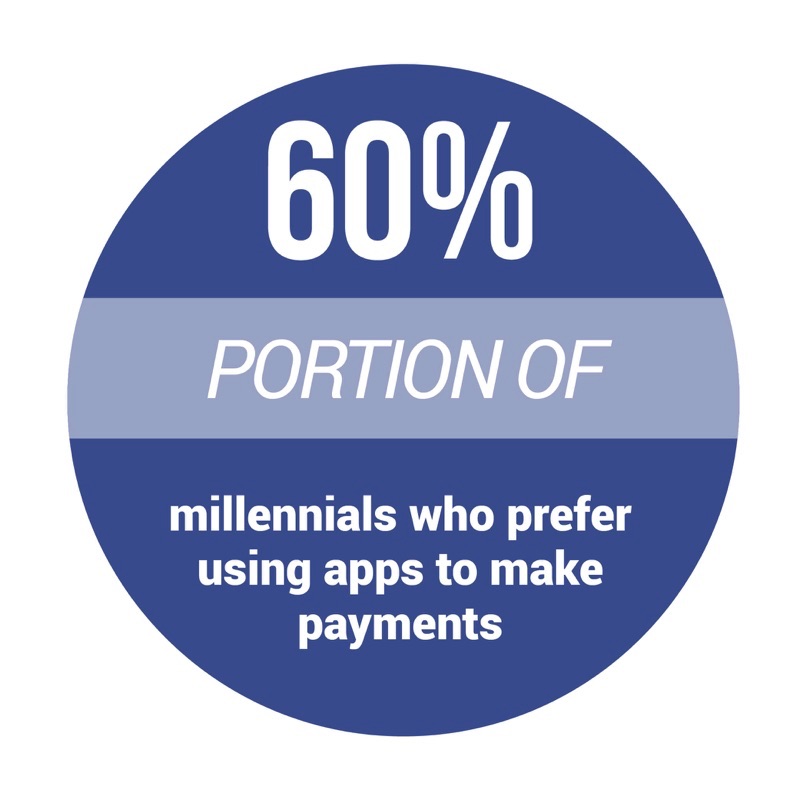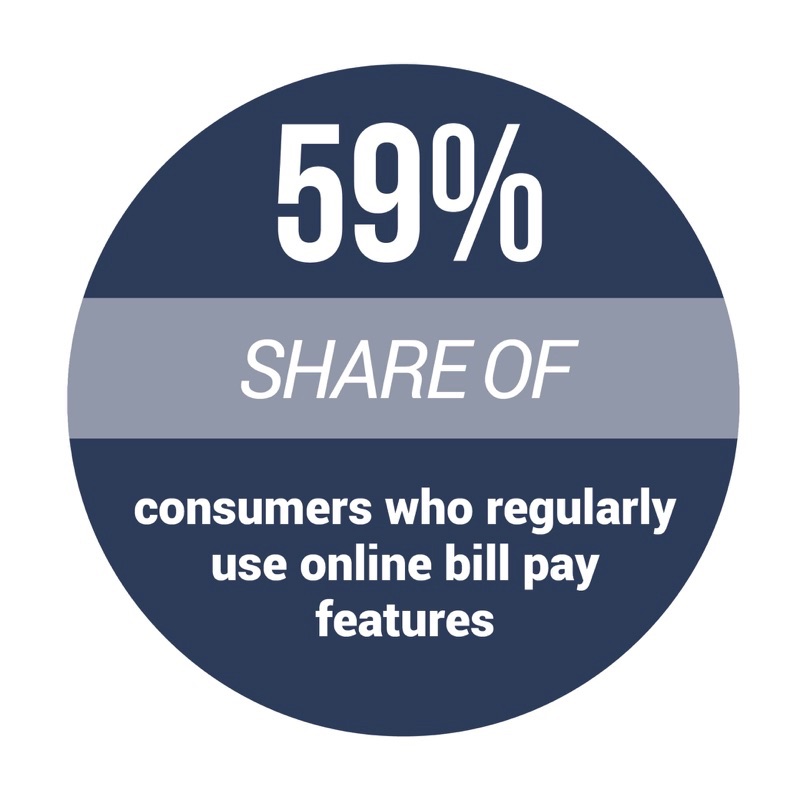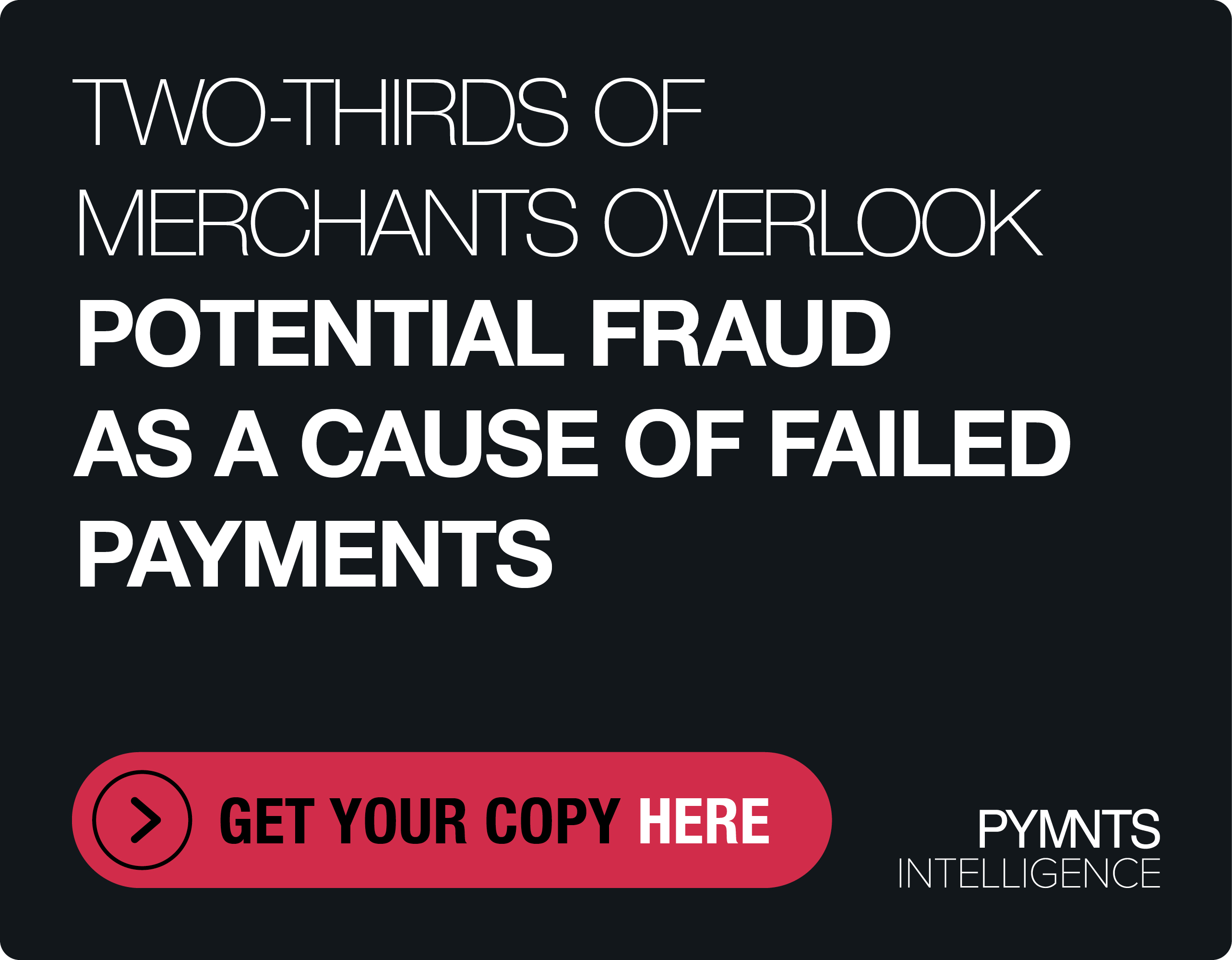TRENDING: UN On Using AI To Crack Down On Laundering, Trafficking

Recent innovations in artificial intelligence (AI) have given financial institutions (FIs) the ability to fight fraud and better serve their customers. As of late, FIs and law enforcement agencies have been using AI-enabled tools to tighten the noose around money laundering and putting an end to human rights abuses happening around the world.
In the latest Digital Banking Tracker™, PYMNTS explores the latest on FIs’ use of AI to improve customer service, among other use cases.
 Around The Digital Banking World
Around The Digital Banking World
A growing number of players in the financial services space are working to use open banking data to offer new services, with the help of strategic partners.
Micro-investing app Moneybox, for example, is collaborating with Santander on a new integration. The company recently unveiled a new partnership with the FI, which allows Santander customers to use the Moneybox app to round up each transaction amount and prompts them to invest or save that extra change. The alliance is Santander’s first open banking partnership.
Elsewhere in the financial space, Starling Bank announced plans to expand into the Banking-as-a-Platform (BaaP) space, enabling third-party partners to use its banking license and application programming interface (API) infrastructure. The new offering allows retailers and FinTech firms to develop and scale their own financial offerings, including savings accounts, current accounts and debit cards.
Meanwhile, Facebook also seems to have its focus trained on open banking initiatives. According to reports, the company recently asked banks to share customer information, such as checking account balances and card transactions, as part of an effort to bring more commercial and payment offerings to the site, allowing users to check account balances or receive fraud notifications. Facebook is just one of many companies looking to offer new services with the help of open banking partners.
To read more on these stories and the latest headlines from the digital banking space, check out the Tracker’s News and Trends section.
How Banks Can Help Reduce Human Trafficking
Banks can use data, AI and machine learning (ML) to find patterns in large collections of data in an anti-money laundering (AML) effort to identify the presence of fraud or a cyberattack. In the same way, FIs can use those tools to recognize patterns that indicate human trafficking, according to the United Nations’ Financial Sector Commission on Modern Slavery and Human Trafficking.
The group, led by Dr. James Cockayne, head of secretariat for the Commission and director of the Centre for Policy Research at United Nations University, is working with FIs to create a “roadmap” for players in the financial sector to crackdown on the issue.
In a recent interview for this month’s Digital Banking Tracker™ feature story, Dr. Cockayne explained how banks can use tools like data, AI and ML to interpret collected information.
“I think there are two very promising developments we already see in the financial sector,” he said. “One is the use of Big Data to understand how the patterns of engagement differ between wholly legitimate businesses and those that are hiding this kind of problem.”
To read the full story, download this month’s edition of the Digital Banking Tracker™.
. . . . . . . . . . . . . . . .
About the Tracker
The Digital Banking Tracker™, powered by Feedzai, brings the latest news, research and expert commentary from the FinTech and consumer banking space, along with rankings of over 300 companies serving or powering the digital banking sector.
